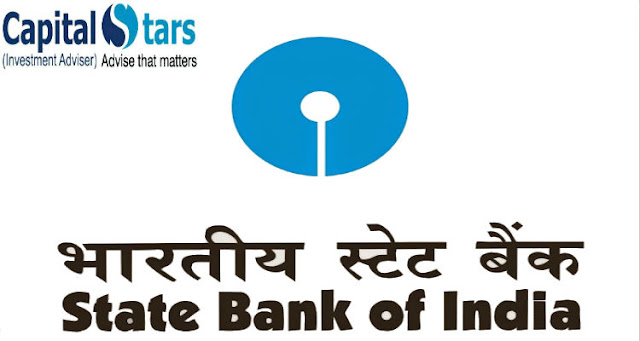Led by healthy growth in net interest income (NII), State Bank of India (SBI) posted 122.7 per cent growth in net profit at Rs 2,815 crore for the quarter-ended March 31. In the same quarter (Q4) of 2015-16, it was Rs 1,264 crore.
NII rose 17.3 per cent to Rs 18,071 crore in Q4, from the corresponding quarter of FY16.
The stock closed 1.7 per cent higher at Rs 308 on the BSE on Friday.
Its net interest margin (domestic) declined to 3.11 per cent as of end-March, from 3.27 per cent at the end of FY16.
During the quarter, the main focus of the country’s largest lender was on automobile, individual and services loans. Those to engineering, infrastructure and textiles took a back seat. Loans to the automobile segment, nearly 3.5 per cent of the entire portfolio, increased sharply by 21.2 per cent. Home loans, 16.6 per cent of total disbursal, grew 16.8 per cent.
In comparison, the infrastructure segment’s telecom, roads and ports sectors showed a decline of 12.2, 15.6 and 9.1 per cent, respectively. Loans to the services sector showed the highest growth, of 37.7 per cent, to Rs 1,49,394 crore. In the near term, the SBI is less likely to disburse loans in sectors which are stressed or with risk of more stress. Its focus areas are going to be the home and automobile segment in the retail (to individuals) portfolio and services.
“If the sector is weak, we’ll opt for it after a long process of consideration. The telecom sector, amongst others, is currently under stress,” said Arundhati Bhattacharya, chairman.
The bank’s numbers for gross non-performing assets (NPAs) show some sign of stability for asset quality. The gross ratio declined from 7.2 per cent in end-December to 6.9 per cent in end-March. It, however, had risen from 6.5 per cent in March 2016.
This ratio fell for the agricultural, retail and international segments but increased substantially in the mid to large corporate one.
Its provision coverage ratio improved to almost 66 per cent, from 60.7 per cent in the year-before period.
Bhattacharya said in the ongoing quarter they’d be taking a closer look at the books of associate banks (recently merged into parent SBI) to understand the slippage into NPAs. This was Rs 28,419 crore in FY17; the watchlist on slippage totalled Rs 20,576 crore.
Its capital adequacy ratio was 13.11 per cent, with tier-I capital of 9.82 per cent at end-March. SBI plans to raise equity capital up to Rs 15,000 crore. It would use different routes in the current financial year for this.
Get more details here:-
* Investment & trading in securities market is always subjected to market risks, past performance is not a guarantee of future performance.
















0 comments:
Post a Comment